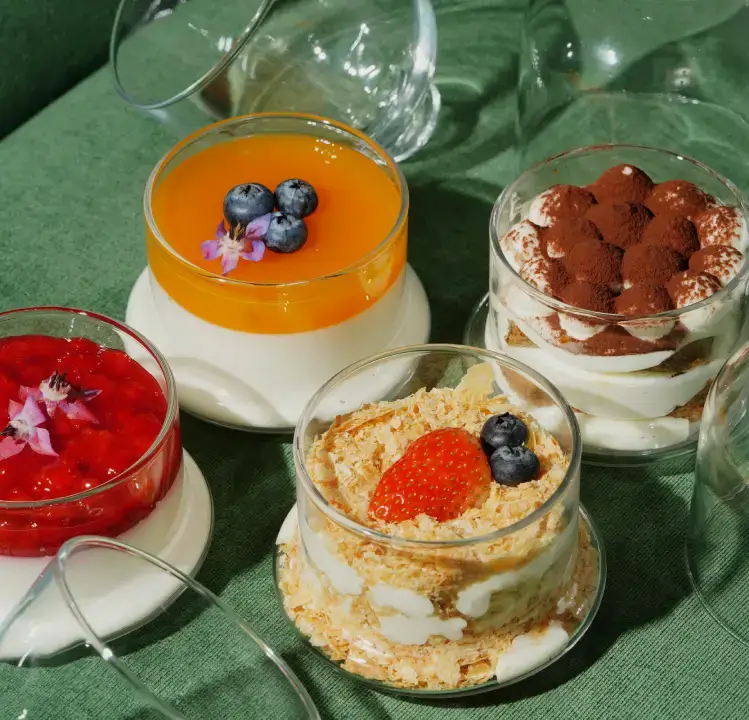curdlan Gum

Characteristics
Gel-Forming
Heat Stability
Water Solubility
Viscosity
Applications
Food Industry
Gelling Agent: Used in processed foods like imitation crab meat (surimi) for a firm, elastic texture.
Gel Desserts: Forms stable, elastic gels in jelly and pudding products.
Noodles & Pasta: Enhances texture, making noodles firmer and improving bite, used in instant noodles.
Meat Analogues: Provides meat-like texture in vegetarian/vegan products, binding ingredients together.
Pharmaceuticals
Controlled-Release Drug Delivery: Forms gel matrices for slow, sustained drug release.
Encapsulation: Protects sensitive ingredients (vitamins, probiotics) from degradation.
Tablet Formulation: Used as a binder or disintegrant in tablets.
Cosmetics & Personal Care
Thickening & Stabilizing: Improves texture in lotions, creams, shampoos, and gels.
Emulsion Stabilizer: Prevents separation in moisturizers, sunscreens.
Anti-Aging: Used in high-end skincare to create smooth, flexible films.
Biotechnology & Environmental
Biodegradable Materials: Used to create eco-friendly biodegradable films and coatings.
Dietary Fiber Supplement: Aids in digestive health and may reduce cholesterol.
Microbial Growth Media: Used as a carbon source in microbial culturing.
Agriculture
Soil Conditioning: Improves soil structure, water retention, and nutrient absorption.
